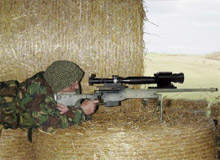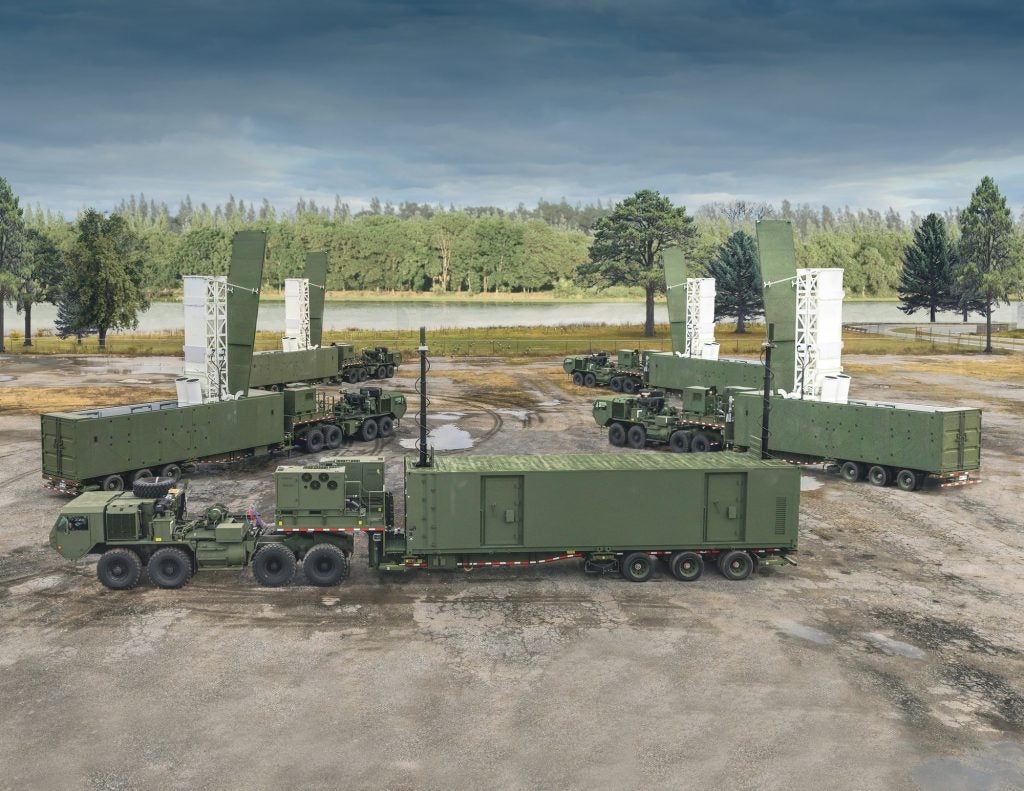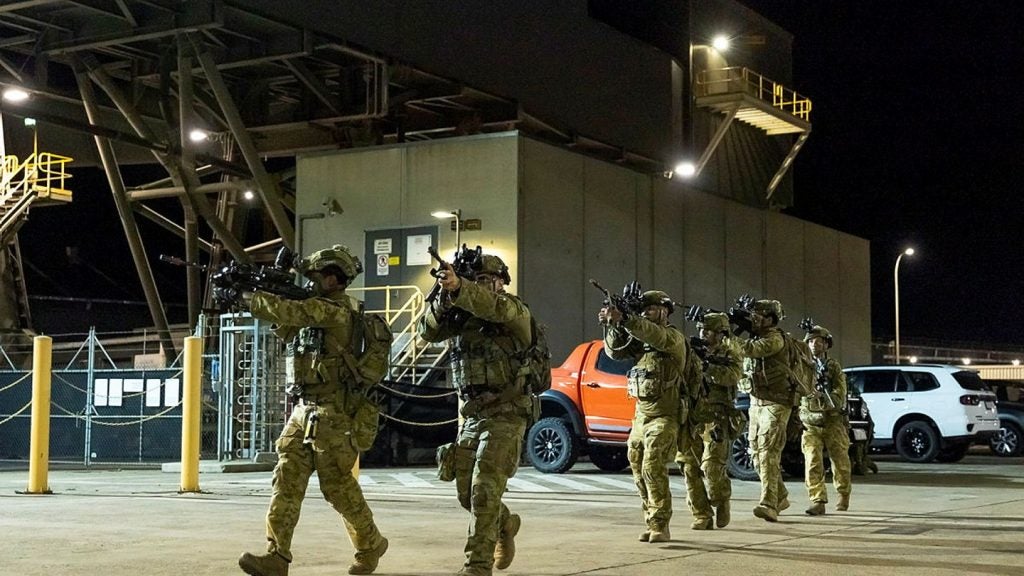
Night-time operations present extreme challenges. Intensive and rigorous, constant combat takes its toll on front-line soldiers; operatives crave sleep, concentration levels fall. At the same time soldiers need to be alert, alive to the threat that could be just moments away. One obstacle stands in the way, the rules of engagement are different; it’s pitch black – anything can happen and will. Welcome to the murky world of night-time operations.
Top-spec night-vision equipment dramatically enhances capability, providing significant tactical benefits for armed forces. It can support all types of operation from reconnaissance and contact with the enemy to supporting escape and rescue operations. The theatre of combat is now 24/7, enabling personnel to carry out operations that otherwise would not be possible, played out in the most difficult of conditions.
ENHANCING CAPABILITY
The advent of advanced night-vision equipment has been key for combat forces in providing a shared situational awareness that allows for enhanced operational effectiveness. Night-vision systems are used for surveillance and target acquisition in close combat, and are also highly effective when used in the urban environment.
The UK’s Ministry of Defence (MoD) found that equipment used in Afghanistan by the British Armed Forces greatly improved the ability of their forces to operate at night. So much so that the performance of thermal imaging equipment such as the head-mounted night-vision system, LION and Sophie greatly influenced the equipment used for operations in Iraq.
See Also:
NIGHT-VISION TECHNOLOGIES
How well do you really know your competitors?
Access the most comprehensive Company Profiles on the market, powered by GlobalData. Save hours of research. Gain competitive edge.

Thank you!
Your download email will arrive shortly
Not ready to buy yet? Download a free sample
We are confident about the unique quality of our Company Profiles. However, we want you to make the most beneficial decision for your business, so we offer a free sample that you can download by submitting the below form
By GlobalDataThere are two main classes of night-vision device: image intensification and infrared. Intensification relies on the existing light to enhance an image. Infrared, by contrast, uses heat emissions to identify objects.
Both forms of night-vision device have been in use for many years and, as with most technological developments. They have evolved from fairly primitive origins to have highly advanced mobile capacity, suitable for use in an extremely diverse range of applications.
More recently, laser devices have been developed that emit electro-magnetic radiation typically used for range finding, target designation, illumination of targets, detection of chemical / biological clouds and jammers for electro-optical sensors. The US Army’s night-vision and electronic sensors directorate are currently engaged in laser research directed towards laser diode arrays for efficient pumping of solid-state lasers, devices for converting emitted laser wavelength to other wavelengths, multi-functional lasers and eye-safe lasers.
MANTIS MULTISPECTRAL VISUALISATION SYSTEM
Also under development in the US is the MANTIS programme, well on track to provide a truly integrated soldier-worn visualisation system. Consisting of a head-mounted multispectral sensor suite with a high-resolution display and vision processor, MANTIS will give real-time, digitally fused, multispectral video imagery picked up from three helmet-mounted sensors.
Using state-of-the-art visible / near infrared, short-wave infrared and long-wave infrared technologies, the data will provide unprecedented networking between soldiers. Able to see exactly what their squad can see, the system is also capable of overlaying battlefield information and video playback.
The hope is that the $37m programme will provide the initiative for the US military to ‘regain the night’ from their enemies.
UNCOOLED THERMAL IMAGING WEAPON SIGHTS
New technology used in infrared thermal imaging weapon sights is helping to provide superior enemy recognition at long ranges, more-accurate long-range firing and much faster search and rescue operations.
New products on the market include the Aurora Tactical ATS5000 thermal weapon sight. It incorporates uncooled thermal imaging technology, offering day / night reconnaissance, surveillance and target acquisition for individual and crew-served weapons. With a wide field of view of 1,270m and a narrow field of view of 1,625m it weighs in at just under 1.5kg.
The Welsh-based company Qioptiq Ltd recently won a multi-million-pound contract to supply an as-yet-unspecified NATO defence force with its SniperVIPIR-2 thermal weapon sight. Also utilising uncooled thermal imaging technology it is part of the VIPIR family of thermal weapon sights currently in service with the British Army and other defence forces around the world.
Another of Aurora’s products is a clip-on device that converts a combat rifle optic into a thermal weapon sight in a matter of seconds. It can provide a thermal sight picture without change to eye relief or weapon zero, allowing engagement of targets through darkness, smoke or fog. And because the user’s daytime optic is unchanged, sight settings and reticles remain identical.
SURVEILLANCE SYSTEM AND RANGE FINDER (SSARF)
In February 2008, UK Defence Secretary Des Browne announced that Britain’s armed forces were to be equipped with a new state-of-the-art target locator system. Under a £30m contract with Thales, SSARF allows a soldier to quickly establish the exact location and distance of enemy forces and assess the most appropriate and accurate mortar or artillery firepower to use against them.
Operable in all weathers and at any time of the day, it is lightweight, hand-held, with built-in GPS, thermal imaging, and a laser range finder with a range of up to five than the current tripod-mounted system, which has no thermal imaging or GPS.
As with most forms of developing technology, night vision equipment has not been without its problems. In 2003, then US Defense Secretary Donald Rumsfeld focused attention on the high level of accidents across the US military. “World-class organisations do not tolerate preventable accidents,” he said, identifying a target reduction of at least 50% over the following two years.
Given that a very high percentage of all military accidents take place at night, the inference could be taken that night-vision equipment, while highly effective in the right applications, is not yet reaching its full potential.
In a normal combat setting, a soldier’s visual analysis relies on colour vision, depth perception and visual acuity. Night-vision equipment cannot, of course, replace those natural senses but – when combined with the right training, standard operating procedures and risk assessment – can be a highly effective combat tool. And with thermal imaging technology being harnessed to such great effect over recent years, the night-time picture is just getting clearer and clearer.






